When it comes to literary characters with pop culture cache Ian Fleming’s James Bond is up there with the likes of Dracula, Tarzan and Sherlock Holmes, but Bond's journey to the big screen wasn’t an easy one and was almost derailed by a televised version of Casino Royale featuring an American spy named Jimmy Bond, and when it came to casting this iconic role as the “World’s Greatest Spy” for his big-screen debut the likes of Cary Grant, Richard Burton and David Niven were bandied about but they all turned it down, it wasn’t until they finally cast 32-year-old Sean Connery as Bond that we were off and running in what would turn out to be a very lucrative franchise.
That the Bond films are notorious for taking great liberties with the source materials is no news flash, some of the films basically being “In Name Only” adaptations of Fleming's novels, but with this first Bond film producers Harry Saltzman and Albert R. Broccoli kept Dr. No fairly close to the book, with James Bond (Sean Connery) being sent to Jamaica to investigate the disappearance of two MI6 associates, Commander John Strangways (Timothy Moxon) and his secretary – who are both killed by a trio of henchmen known as “The Three Blind Mice” – and throughout the first half of the film we get what can best be described as a solid espionage thriller with Bond utilizing all kinds of spycraft to not only find out what happened to Strangways but to survive the various assassinations attempts orchestrated by Dr. No's underlings. And though the plot of the film does deal with the villainous Dr. No (Joseph Wiseman), and his plan to disrupt US test launches, it does leave out book Bond fighting a captive giant squid and Dr. No being buried alive in a pile of guano, which is greatly missed opportunity, in my opinion.
“I’m sorry, Mister Bond, but my giant squid is not feeling all that well.”
As a Bond outing, many viewers may find this one a bit of slow burn and we don’t even meet the villain until the film’s last act, and while Connery gives us a cool and calculating spy who women love and men want to be, but the supporting cast, on the other hand, was a little more problematic. Once arriving in Jamaica Bond meets up with his CIA counterpart Felix Leiter (Jack Lord) for the first time, which would also be the last time for Jack Lord whose performance as Leiter was pretty much sleep-inducing – though this didn’t hurt his career any as he later landed the starring role in Hawaii Five-O – and Bond is also assisted by a local Cayman Islander named Quarrel (John Kitzmiller) whose depiction of a native fisherman led to some fairly uncomfortable racial stereotypes such as Quarrel being depicted as a superstitious and somewhat cowardly servant to Bond. This kind of thing had been an unfortunate cliché in Hollywood for years, dating back to such films as The Cat and the Canary and Ghost Breakers, and that Quarrel meets his end facing off against a “dragon” is rather disappointing.
Note: Quarrel’s son will get better treatment in the Bond film "Live and Let Die."
Of course, dodgy African American stereotypes weren’t the only ethnic issue plaguing Dr. No as the title character was to have been of Chinese-German ancestry but in the film he is being played by French-Canadian Joseph Wiseman, with make-up applied to make him look Asian, and that isn’t all, we also have Bond getting it on with femme fatale by the name of Miss Taro (Zena Marshall), who was secretly working for Dr. No, but she is portrayed by a British actress and also made up to appear Asian. Seriously, could the producers not find an attractive Asian actress to play this part? Now, aside from dubious and bizarre casting choices, Dr. No is a damn solid Bond film, with some nice action set pieces and beautiful locals and even more beautiful women, but the real success stems from how perfect Connery was in the part. As secret agent James Bond Sean Connery is able to pull off equal parts suave charm as well as the cold calculating elements of a vicious killer, all without missing a beat, and nobody delivers post-murder quips better than Connery.
Not to mention the fact that he does look great in a tux.
When it comes to Bond films a very important element is the Bond girl and though the duplicitous Miss Taro may have been the victim of awkward casting the key Bond girl in Dr. No was the beautiful beachcomber Honey Ryder (Ursula Andress), who Bond would encounter while skulking around Dr. No’s island. With Andress being a Swiss actress and a worldwide sex symbol casting her as a Bond girl was an obvious no brainer – though the studio quickly decided her Swedish accent didn't quite fit the bill for a girl who collected seashells in the Caribbean – but as gorgeous as Ursula Andress was her character in this film doesn’t add much to the plot. Bond runs into her while investigating the island of Crab Key and then brings her along for the sole purpose of being a bit of eye candy as well as the prerequisite damsel in distress. This is not to knock Andress impact as a knock-out Bond girl, no one is denying that, it’s just a shame that they didn’t give her much more to do other than look great and act naïve.
“Hello, could someone get my agent on the phone?”
Stray Observations:
• “M” criticizes Bond’s choice of a Berretta M1934 which leads to the introduction of the Walter PPK as a standard MI6 issue.
• This first Bond film has no gadgets and Major Boothroyd of Q Branch is portrayed by actor Peter Burton, Desmond Llewelyn as “Q” would not appear until the next Bond outing.
• Bond’s iconic drink of a martini "Shaken, not stirred" is first introduced here, which most bartenders will attest is the best way to ruin a martini, but as shaking the drink lessens the alcoholic effect that makes it a perfect drink for a spy.
• A tarantula placed in Bond’s room is one of many attempts to kill our hero but as a tarantula’s bite, while painful, is hardly lethal it makes no sense to use one as an assassination attempt.
• The song “Under the Mango Tree” must have been very popular in Jamaica, not only does Honey Ryder sing it while coming out of the surf but we also hear it playing at a local restaurant and one of Dr. No’s informants has it on her record player.
• This film sports three “Bond Girls” but Ursula Andress doesn’t make an appearance until about the hour mark, but boy what an appearance.
I’d wait under a mango tree for days if this was the reward.
Dr. No didn’t just introduce us to Sean Connery as Bond it was also loaded with so many other iconic elements that would appear throughout the run of the franchise; we have the aforementioned cool quips from Bond to exotic locals and beautiful women, we get the Maurice Binder’s title sequence and its iconic gun barrel – that doesn’t actually feature Connery but his stunt double –- and for the first time we also hear Monty Norman and John Barry’s excellent musical score which includes one of the most identifiable themes to ever appear in a movie. That all said, there is one key ingredient that sets this film apart from other films of the genre and that would be the magnificent sets provided by production designer Ken Adams, which would become a continuing hallmark of the series, and if I ever decided to become a supervillain Ken Adams would be the first and only person I’d look to for designing my fortress lair.
If I were to have an HR department in my lair this would be it.
With Dr. No, director Terrance Young may not have helmed the best of the Bond films, especially with the ethnic issues not ageing all that well, it still manage to assemble all the proper components that would later become synonymous with the world of James Bond. Dr. No features plenty of humour, great action and all the escapist thrills the series would be known for, all while introducing Sean Connery as the iconic hero.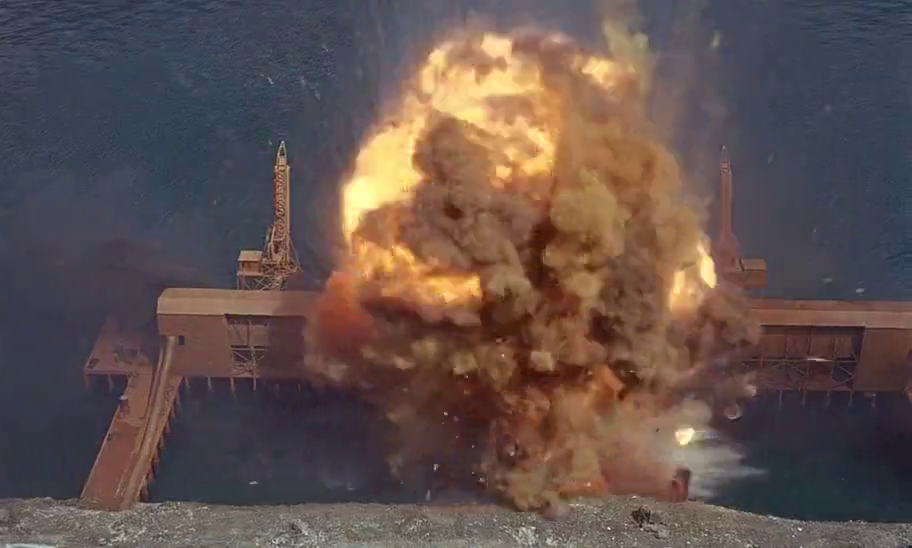
Note: The movie ends with Bond overloading a nuclear reactor which would have resulted in the spread of radioactive fallout over Jamaica, Cuba and Haiti, and rendering portions of them uninhabitable for over a century. James Bond may be a great spy but not so great for the environment.
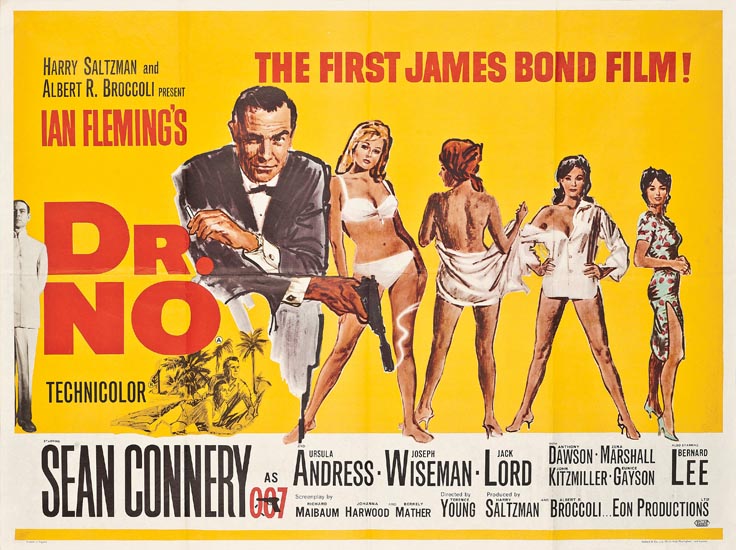
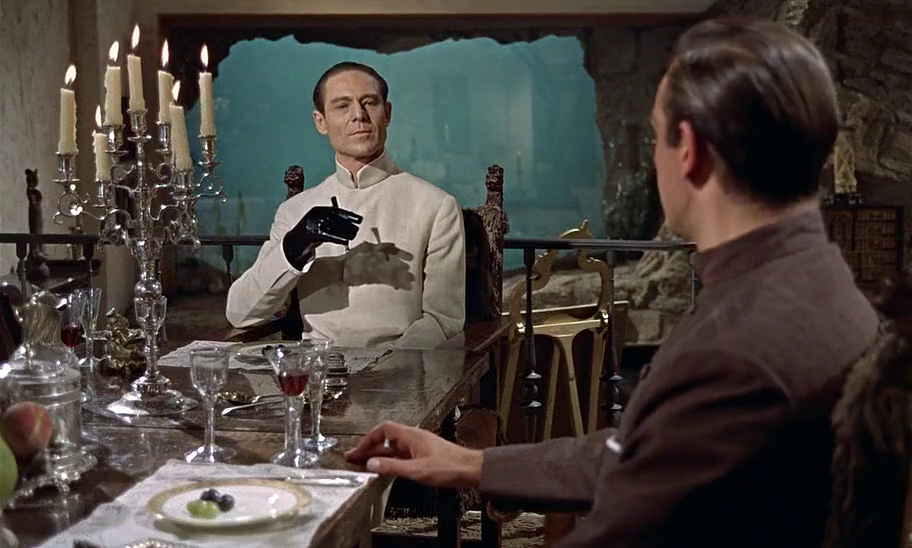
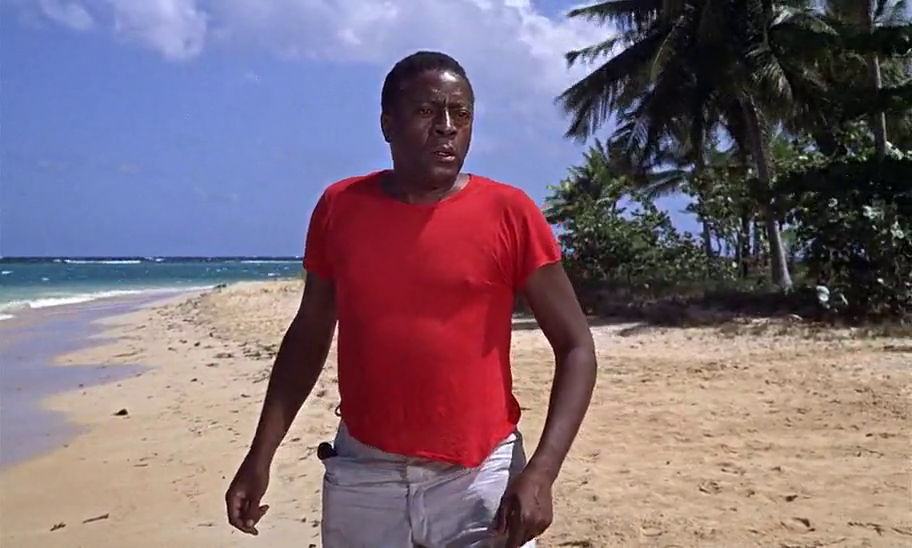
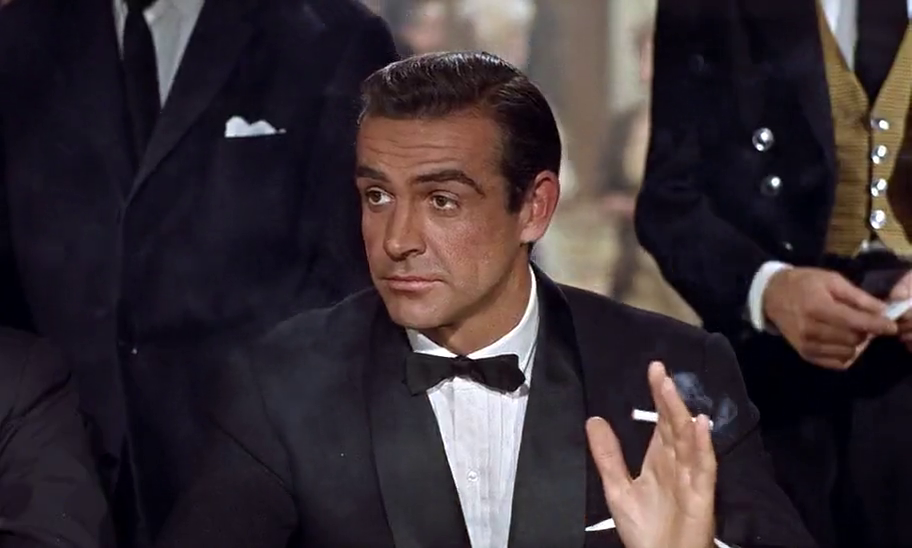
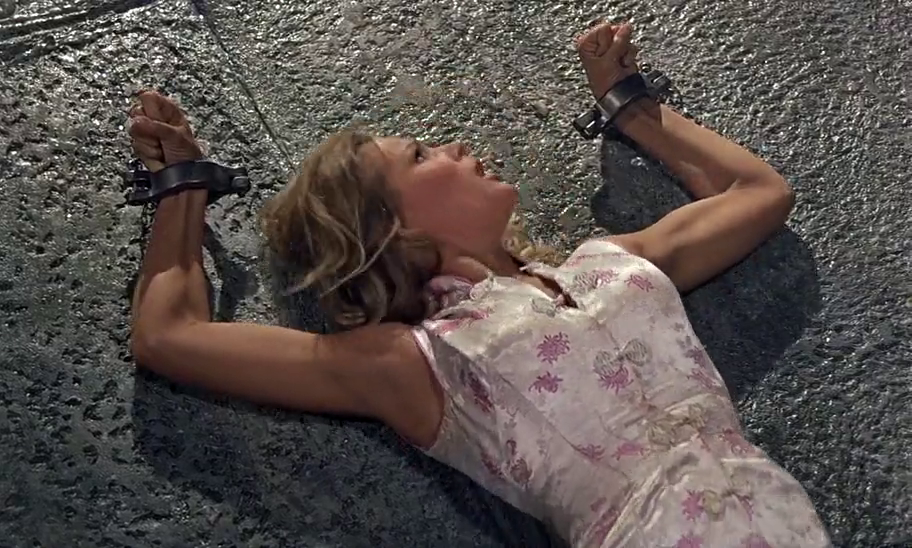
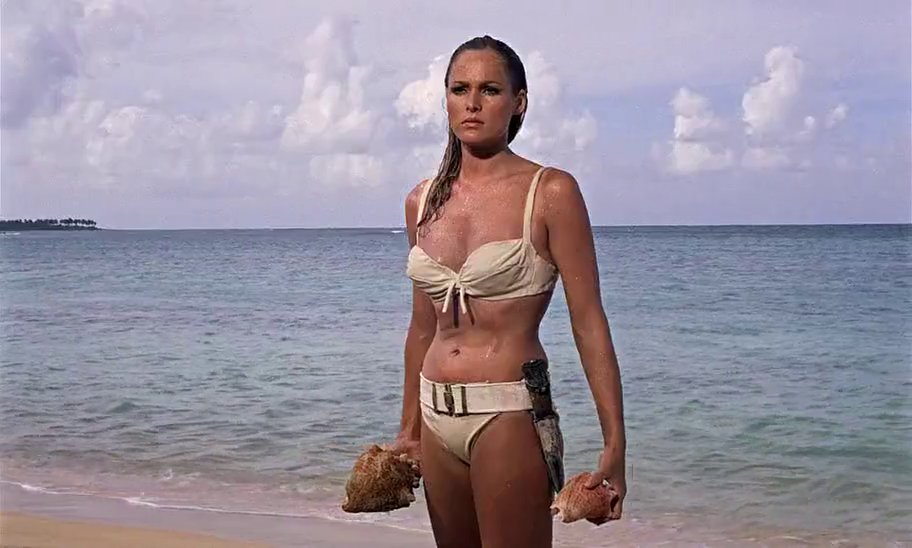
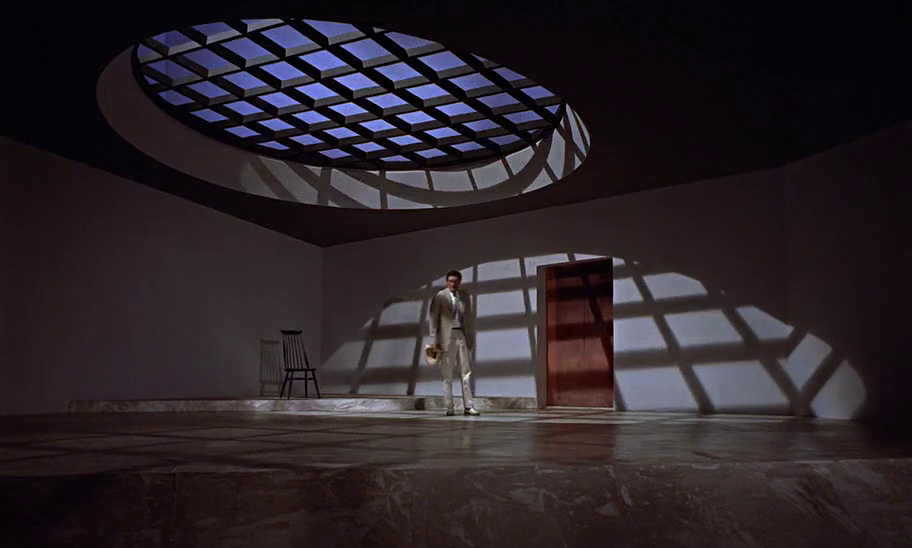
No comments:
Post a Comment